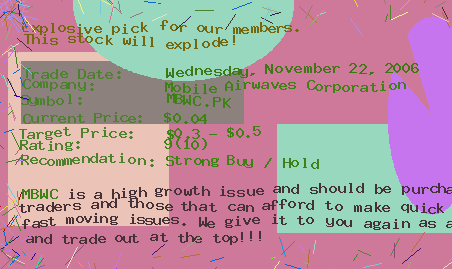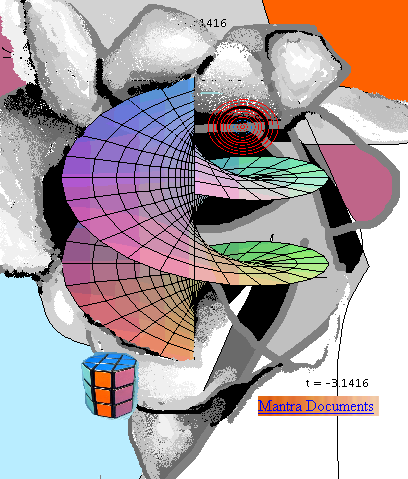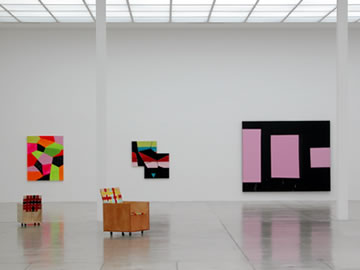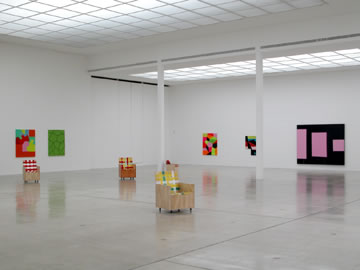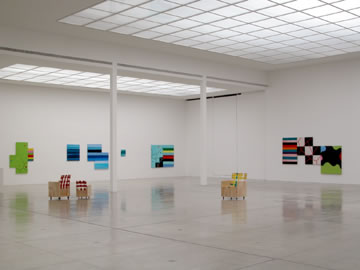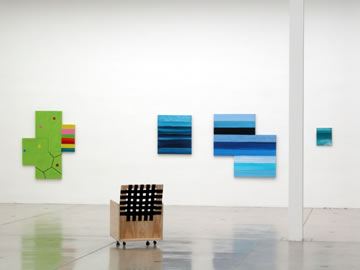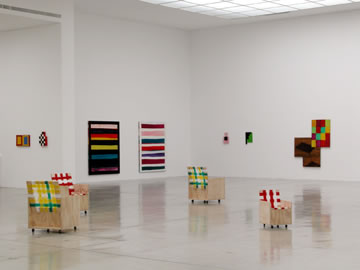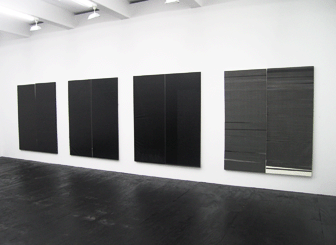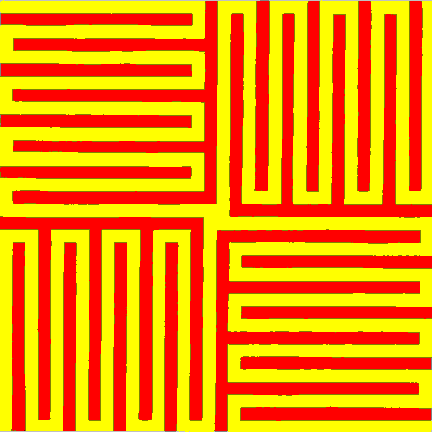
Took a selection of paintings from the artist's website and made them into an (unauthorized) animated GIF.
A higher res version is here, without the slightly corroded patina.
The patterns remind me of Chris Ashley's work (new blog here). But Garcia-Fenech has been doing pictographic-style paintings since the early '90s. I knew the work in Texas--he moved to New York from there slightly before I did.
Garcia-Fenech calls the series "Swastikas."

